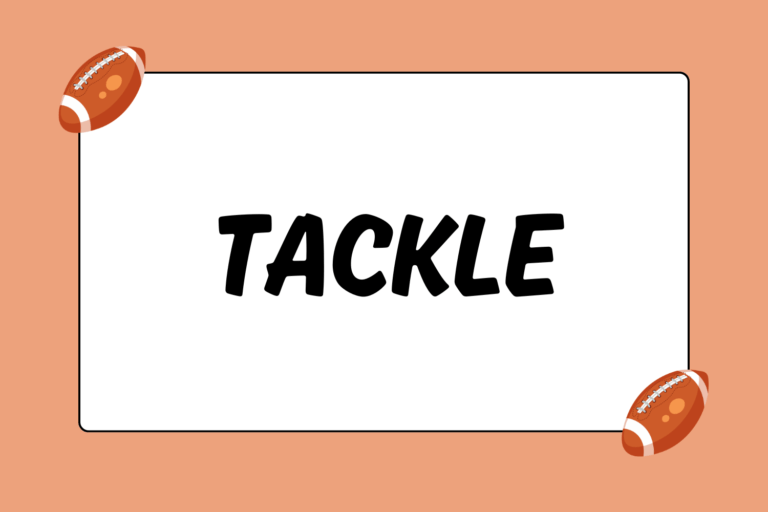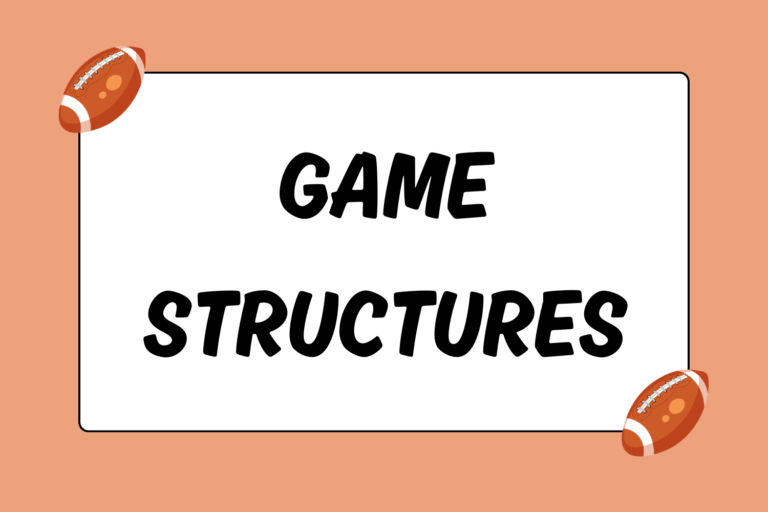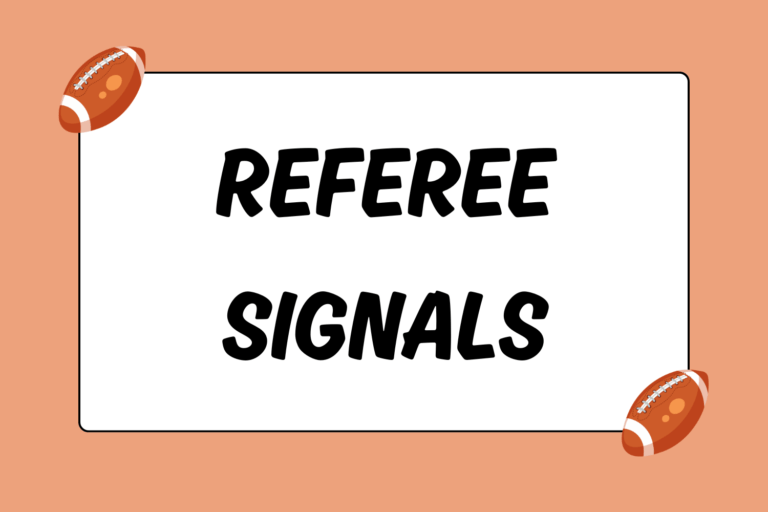The majority of a football game features two teams locked in a battle, with one team trying to force its way deep enough into the other team’s territory to score points. The key element is ball possession: The offense has it, and wants to advance it; the defense wants to keep the ball from being advanced, and eventually take it away. Occasionally, something occurs that requires one team to give possession of the ball over to the other team. This kind of possession transfer is referred to as a Special Teams play and happens in one of two ways: Punts or Kickoffs.
The big difference is that punts are voluntary, while kickoffs are required to restart (and initially start) the game. Here’s an in-depth look at how both work, and the purpose they serve.
Punting
The act of punting is a conscious decision by the offense to sacrifice possession of the ball for a better defensive field position. The offensive team only gets four downs to either score or advance the ball 10 yards. If that team hasn’t achieved either of those goals after the first three downs, chances are very low that it will be able to do so on fourth down. Instead of ‘going for it’ (the term commonly used in referring to the offense running a normal play on fourth down), the offense will either punt the ball away or try for a field goal. This all depends on the three things:
- Field position
- The score
- The time remaining
How It Works
There are two main characteristics of the punting groups that distinguish them from other game structures: The players, and the formations.
Players: Regardless of the specifics, there are two players who are vital to the success of a team’s ability to punt. Those players are the Punter, who actually kicks the ball away; and the Long Snapper, the player who must quickly and accurately hike the ball backward to the punter. For the team receiving the punt, the most vital player is the Return Specialist, who is responsible for catching the punt and immediately advancing the ball toward the opposition’s end zone.
Formations: Different teams use different punt/punt-return formations, but there are some common characteristics:
- Most of the punting players will line up along the line of scrimmage, packed together tightly so the defense has a difficult time getting through.
- A couple of players on the punting team will be split out wide close to each sideline. It is their job to get down the field as quickly as possible and prevent the return man from advancing the ball.
- The return team will have less people lined up on the LOS than the punting team, but multiple people split out to block the opposing players who want to disrupt the return.
- The return man on the receiving team will be approximately 40 yards behind the LOS.
A normal punting situation will see the punting team kick the ball down the field, where it will be recovered by an opposing player and advanced back up the field as far as possible. These are the steps involved with a punt:
Step 1: Both Sides Line Up in Their Respective Formations
The punting team is still technically on offense, so it must be locked in place for a full second prior to the start of the play.
Step 2: The Long Snapper Hikes the Ball to the Punter
Just after the snap, the middle players on the return team will try to break through the punting team and block the kick. The punting team players that are split out wide will start running toward the return man.
Step 3: The Punter Kicks the Ball Away
The punter kicks the ball away, and the players on the receiving team will turn around and head back toward their return man. This is done in an effort to establish good blocking positions on the punting players, who are charging down the field hoping to keep the return man from advancing the ball.
Step 4: The Punt is Caught by the Return Man
Depending on where he catches the ball, he will either advance it until he gets tackled or pushed out of bounds, or signal for a fair catch, resulting in the play stopping as soon as the ball is caught. At that point, the receiving team is replaced by the offense, and the punting team is replaced by the defense. Normal offensive-defensive play then resumes.
In order to prevent the receiving team from advancing the ball after it’s caught, many punters will try to kick the ball out of bounds. In those instances, the receiving team would take possession of the ball at the spot where it went out of bounds. Also, there is no rule that says a team must punt the ball away if it lines up in a punt formation. It is perfectly legal to attempt a fake punt, in which the punting team runs an actual offensive play instead of punting the ball.
Kickoffs
Kickoffs are used to start the game, and to restart the game in the second half or after one team scores points. Each team will perform a kickoff at least once a game; the pregame coin flip determines which half each team performs the kickoff. Technically, those are the only times that a kickoff must occur, though they also take place after a touchdown, field goal or when a safety is awarded.
How It Works
Structurally speaking, kickoffs aren’t quite as diverse as punts can be. The one specialized player on the field is the Kicker, who is responsible for kicking the ball down the field. However, there are a few consistencies with how each team lines up:
- The kicking team will be spread across the field in a slightly curved line about five yards behind the ball. Players closest to the kicker will be the farthest back from the ball, while players closest to the sideline will be the shallowest.
- The ball is placed on a tee in the middle of that team’s 30-yard line. No player must be in front of the ball before it’s kicked; otherwise, it results in an Offsides foul being called.
- The receiving team will be spread all over the field, separated in a couple of different layers. A common formation has five players at the front about 10 yards in front of the kicking team; three players 15 to 20 yards behind the first row of receiving players; and the other three players arranged between the second group and the end zone.
The kickoff revolves around the act of kicking the ball from one team to the other, similar to a punt, but with the ball being kicked from a tee instead of hiked to a player. Here are the steps involved with a kickoff:
Step 1: Both Sides Line Up in Their Respective Formations
Unlike with punting, the kickoff team is considered the defense and may start moving before the ball moves. The receiving team must remain motionless until the ball is kicked.
Step 2: The Kicker Moves Up to the Ball
The other players on the kicking team time the start of their run down the field to ensure that they’re behind the ball before it gets kicked, avoiding an offsides foul .
Step 3: The Ball is Kicked & Play Officially Begins
After the ball is kicked, players on the receiving team will turn backwards and run toward the player that receives the kick. As soon as that player catches the ball and starts advancing, the rest of the receiving team will turn around and block players on the kicking team in an effort to help the return man get up the field.
Step 4: The Ball is Recovered by the Receiving Team
A player on the receiving team catches the ball, and tries to advance it until he is tackled or goes out of bounds. At that point, the return team becomes the offense, and the kicking team becomes the defense. Normal offensive-defensive play then resumes.
Unlike with punting, if the ball goes out of bounds on a kickoff before a player on the return team touches it, it’s a foul against the kicking team. And if the kick goes out of the end zone, or the player who catches it does so in the end zone and takes a knee, a touchback occurs and there is no return. Instead, the return team automatically takes over possession of the ball at its 20-yard line.
An Important Role
While they aren’t as common as normal offensive and defensive structures, the kicking element of special teams is still a vital part of the game. Games have been altered by one spectacular special teams play. For that reason, ample time and effort can (and should) be spent preparing players for special teams situations.





